The reluctance, even now, to countenance an unlikeable Shakespeare informs or suppresses the debate over (Christian, white, male) Shakespeare’s representation of Jewish people, of people of color, of women. Far better to duck a discussion of the writer’s opinions entirely rather than to consider his potential anti-Semitism, racism, or misogyny. Even the superbly clear-sighted Marjorie Garber squirms away. Acknowledging that Shylock would have been portrayed as a “comic butt” (2004, p. 4), that the actors would use the “standard signs of Jewishness on the Elizabethan stage” for laughs, she insists this tells us nothing about the man who created Shylock. For Garber, Shakespeare as a writer (and as a man?) is committed to balance and dialogue. Othello may have a “particularity as a black man and a Moor,” but this is balanced against “a certain desire to see him as a figure of universal humanity” (Garber 2004, p. 6). That “certain desire” is presumably that of the playwright, a man who believes in balance, in a universal humanity – even for a black man and a Moor.
Garber (2004, p. 7) insists that because the plays work “contrapuntally” it is impossible to say “Shakespeare said …” or “Shakespeare believed …” These are, however, two different impossibilities. Yes, we cannot say “Shakespeare said” because we have no documents, no utterances from the man, other than his literary texts. What of “Shakespeare believed”? Surely Garber’s Shakespeare, so wedded to “contrapuntal” drama, so careful to embed dialogue and balance into his plays, might just have believed in these qualities or virtues. Many of those who admire his work seem to accept this almost as a foundational fact. For many – not Garber – it is a short step to arguing that because William Shakespeare gave interiority to characters who were not fully human according to the mores of his own time – people of color; the Jew; servants; almost, but not quite, women – he must have understood and recognized those who were different to himself. It is a short step – and this time Garber makes it (2004, p. 6) – to seeing Shakespeare as every man, and every woman in his plays. “Shakespeare is Prospero, Caliban, Ariel and the wondering Miranda. He is Othello, Desdemona and Iago. Shylock, Portia and Antonio.” No one voice is “definitively right,” all are in dialogue with each other. All are Shakespeare.
This opens the door to more radical understandings of the plays. “Generations of readers and playgoers, many of them ‘cultural others,’ have experienced the powerful and pleasurable perception that in Shakespeare they are indeed represented. Witness Maya Angelou’s famous declaration: ‘I know that William Shakespeare was a black woman’” (Callaghan 2000, p. 6 drawing on Erickson 1992). It’s a powerful, and liberating, way of sidestepping conventional biographical understandings of authorship.
But it also sidesteps the tough questions. Was Shakespeare racist? Is Othello the play racist? Are those two questions related? Or in the words of Marjorie Garber, again: “What is Shakespeare’s own view of such political questions? The answer – which is not an answer – lies in his plays,” in all their “brilliance and capaciousness” (Garber 2004, pp. 6–7). If you read to the end of this book, you will find that I too come back to the plays and poems. They are what we have, and I believe they do offer us answers (although not necessarily to traditional biographical questions). Even more importantly, they offer questions – which is one of the reasons they are so powerful.
What Garber cannot or will not say is whether the “brilliance” (another word for genius, perhaps?) of the plays, is also that of William Shakespeare, the human being. Nor can she or will she suggest where this “capaciousness” came from or how it found its way into his drama. Better to avoid the biographical turn entirely than end up with answers we do not want.
There are other, very good reasons, to be wary of reading the man from the plays. One is the literary practices of Shakespeare’s own era. During his lifetime, writers were very unlikely to be driven by a desire for the confessional disclosure of the self, since the “primary impulse behind early modern dramaturgy – indeed, behind early modern writing more generally – is rhetorical rather than autobiographical” (Smith 2019, p. 312). This is absolutely true, but still leaves space for an author like Ben Jonson to write numerous prologues, epilogues, and essays about his own writing, and put his family and feelings into his poetry. It’s possible to pick apart the rhetorical gestures at work in Jonson’s sonnet on the death of his young son (even easier when considering his sonnet on the death of his daughter), but in the case of the former, the father’s grief is palpable and intensely moving.
Then again, Ben grieves for his son in poetry, and therefore the absence of any direct reference to the death of William’s son, Hamnet, in his plays may only be a reflection of a world in which “no playwright, including Shakespeare could make his own personal grief the centre of a play” (Potter 2012, p. 288). More generally, “no literature of this period has the elevation of the artist’s own inner feelings as its legible core, and drama even less so, where the animation of different voices and different people is more important than the single narrative consciousness of, say, the traditional novel or lyric poem” (Smith 2019, p. 313). Lyric poetry might, just, be starting to blur the boundaries, and Shakespeare’s sonnets certainly play with those boundaries, but the playwright keeps well away.
It might be alien to the culture for an individual’s personal grief to be expressed, but drama in Elizabethan and Jacobean England could be, and was, polemical. Not Shakespeare though, according to Potter (2019, p. 402), who, reflecting on her own biographical practice, sees a writer who likes “to work within parameters.” Shakespeare “throughout his career, like me in my biography, was trying to fill specific requirements, as opposed to conveying a secret message about his views on sex, politics, or religion.” This view is, to a degree, questioned by the work of Van Es (2013, p. 197) who argues that “to echo a theatrical fashion is not necessarily to endorse it: there is room for resistance alongside pragmatic imitation when Shakespeare responds to commercial trends.” Simply because Shakespeare was writing to order does not mean that he did not, at times, question the order of things.
Of course, a strongly anti-Catholic play might not reflect the strongly anti-Catholic views of its creator, merely a writer keen to pander to his audience’s prejudice, but Shakespeare – according to many – never writes a drama from which the audience can take a single, straightforward political message. Instead, not only does he refuse to be overtly autobiographical (standard practice for his time), but he pursues a “model of authorial near-anonymity,” a model that was evidently “congenial to his purposes” (Bevington 2010, p. 4). Those purposes may have included survival in an era when a political or religious word out of place could have the most drastic consequences.
Bearing this in mind, the strangely lacking archive deserves another look. Could the lack of documentation be strategic – a sign of Shakespeare’s caution in a dangerous era? Or is it precisely what we might expect from an individual of his class and profession? Either way, the archive only appears to be thin because we are so interested in Shakespeare: “what we know falls a long way short of what we would like to know” (Dutton 1989, p. 1).
Yet the problem with the archival evidence may not be its scarcity. Indeed, some would argue there is no dearth in the first place. It is simply that biographers have given “a special weight to what we might call documented fact: those details of Shakespeare’s life that can be supported by footnoted reference to archival materials” (Stewart 2016, p. 57). Schoenbaum’s William Shakespeare: A Documentary Life from 1975 is the perfect example, keeping strictly to the “facts.” But this “documentary life” “obscures an earlier biographical tradition, which fails to meet Schoenbaum’s insistence on documentation – one that may be exploited by biographers for anecdotal colour, but which is routinely dismissed as apocryphal.” This earlier tradition, stretching through the seventeenth century and beyond, is in fact “remarkably coherent, and serves to conjure a notably different Shakespeare from the one attested to by ‘documents’” (Stewart 2016, pp. 57–58).
Читать дальше
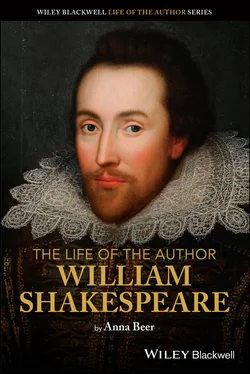
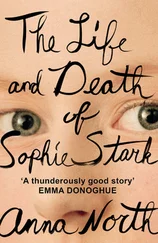

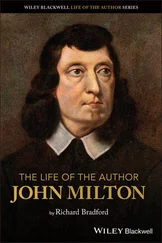
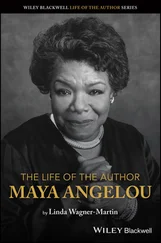
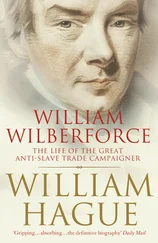
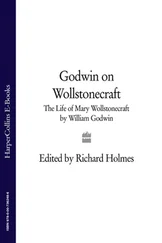

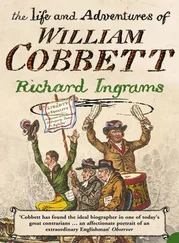

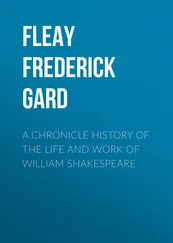
![Уильям Шекспир - The Works of William Shakespeare [Cambridge Edition] [Vol. 1 of 9]](/books/746589/uilyam-shekspir-the-works-of-william-shakespeare-c-thumb.webp)